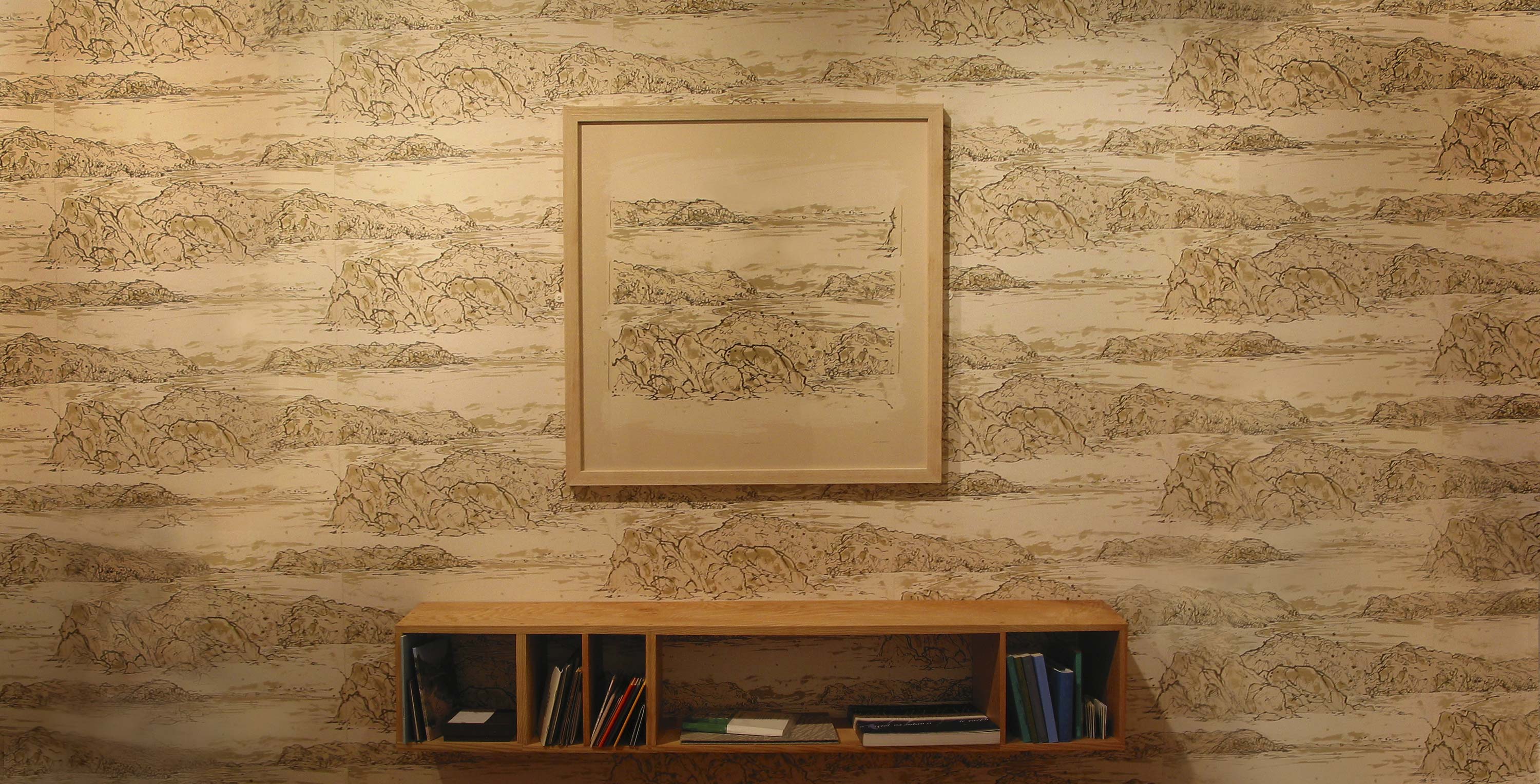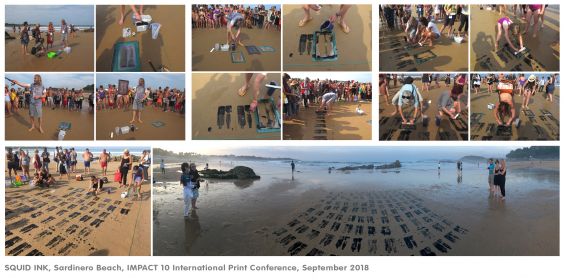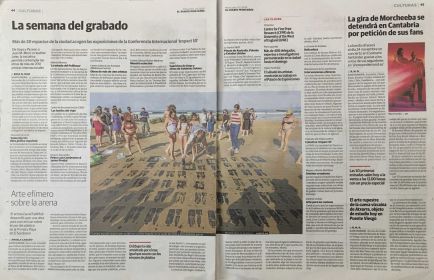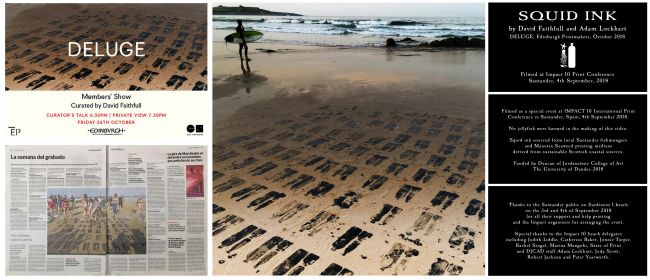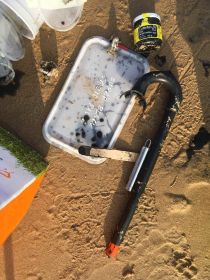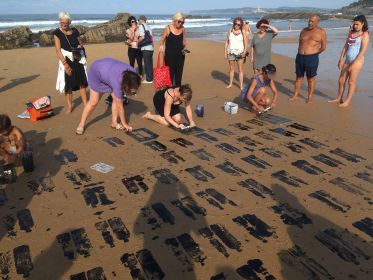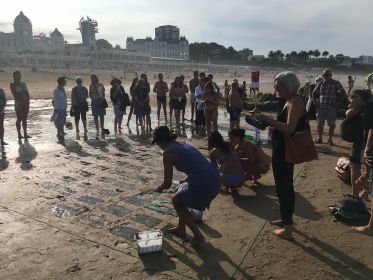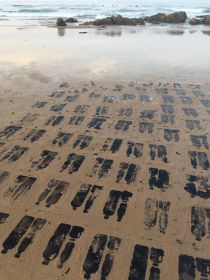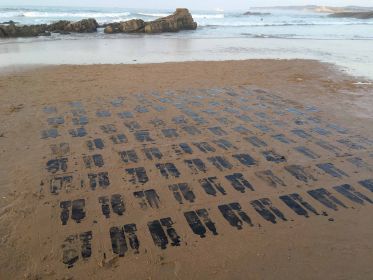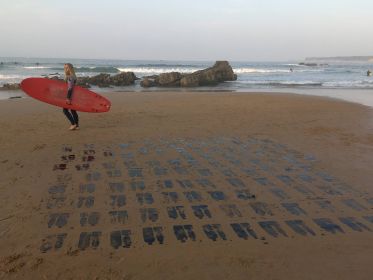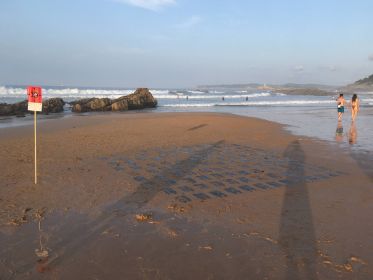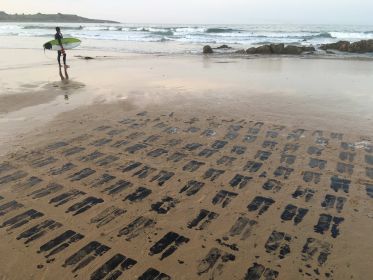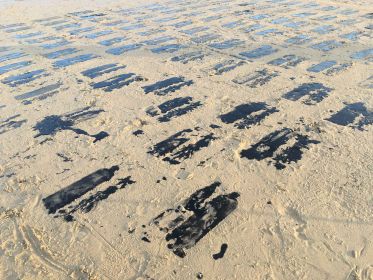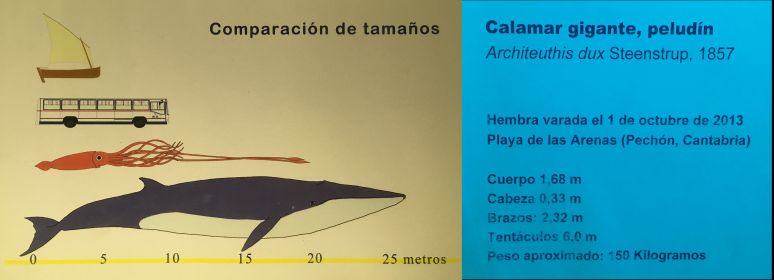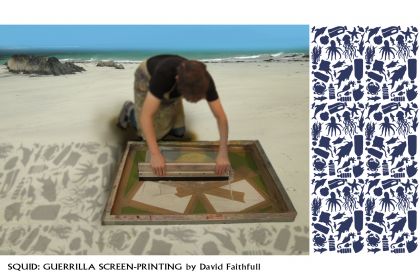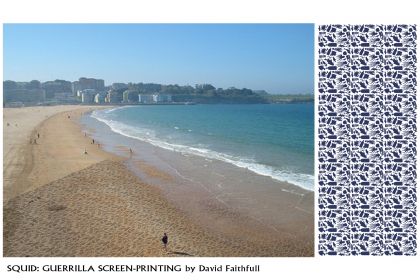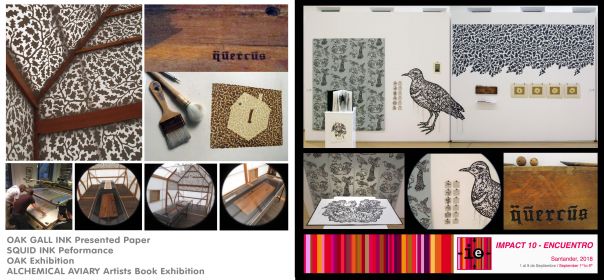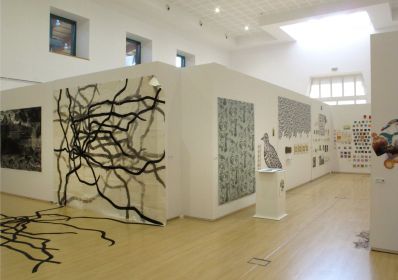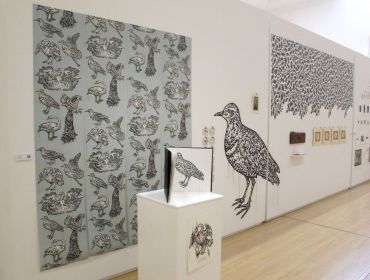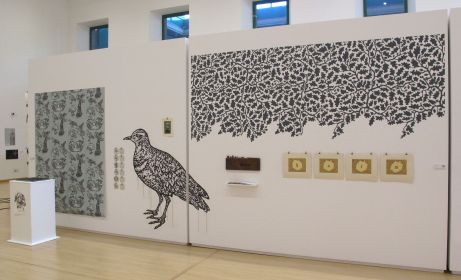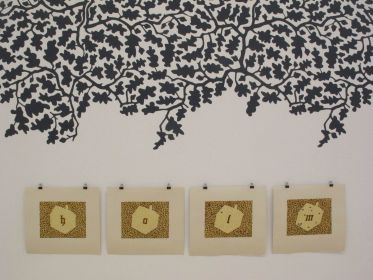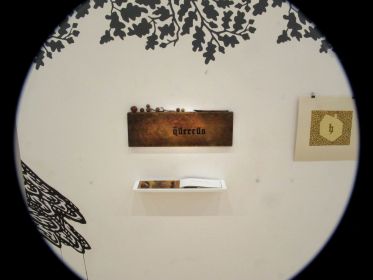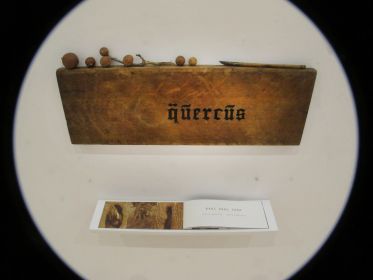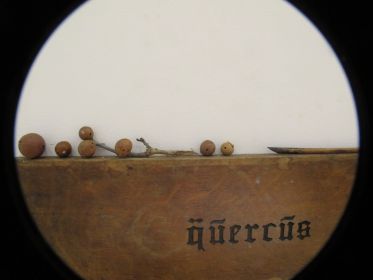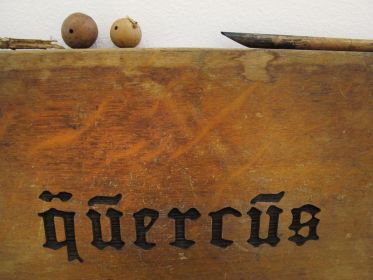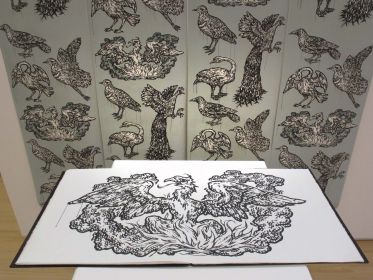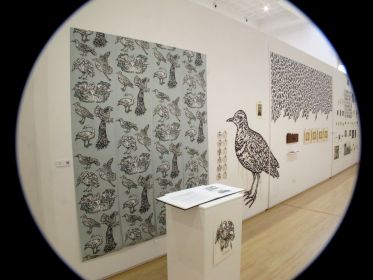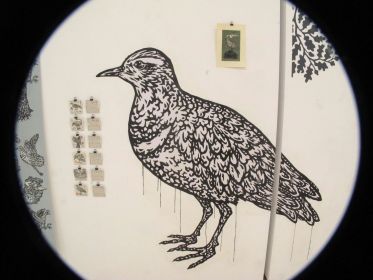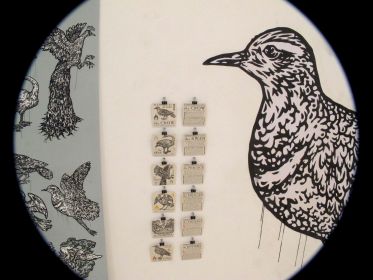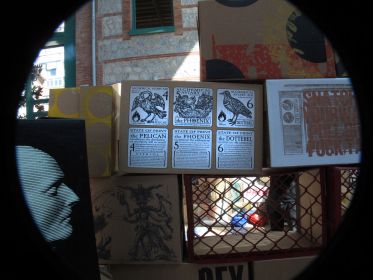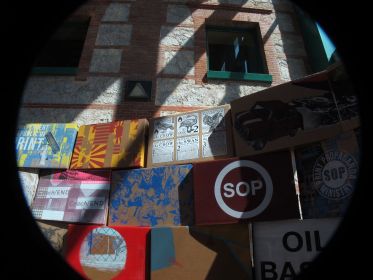IMPACT 10, INTERNATIONA BIENNIAL PRINT CONFERENCE , SANTANDER, SPAIN 2018
https://www.impact10.es/bios/c-d/david-faithfull/
David Faithfull was invited to present four seperate projects at the Impact 10 International Print Conference and also contsributed to the STATE OF PRINT exhibiton.
https://www.impact10.es/bios/c-d/david-faithfull/
David Faithfull was invited to present four seperate projects at the Impact 10 International Print Conference and also contsributed to the STATE OF PRINT exhibiton.
1. INSTALLATION / LAND ART / SITE SPECIFIC
The Environment and printmaking.
SQUID: Guerrilla Screen printing installation/event
Aim: to create a transient printed piece on Santander beach during Impact 10, commenting on the environment, our use of plastic and acrylics, utilizing natural ingredients harvested from the sea.
Ingredients: Screen-printing frame constructed of sea-born wood sourced from the shore and standard screen-printing mesh. Screen-Printing Ink comprising of Squid ink and Seaweed/Jellyfish derived Medium, specially sourced and created by the artist.
Method: As the early morning tide recedes on the Santander beach at Playa Sardinero, a lone figure appears on the flat sand adjacent to the water’s edge. Positioning a wooden screened frame on the beach he proceeds to print an image on the flat sand and moving rhythmically from left to right and down towards the water as the tide subsides, he covers a large area of the sand with an ever increasing repeating image pattern, the elements of the image darker than the background sand.
6 hours later as the tide turns and begins its relentless advancement up the beach - it proceeds to merge with the printed image on the sand, dissolving and dissipating the natural seaweed and squid ink pattern back into the ocean.
Documentation: The proposal would be to repeat the process, fitting in with the local weather conditions and tide times, but initially at least 3 repetitions of this print ritual, incorporating early morning and evening tides. The whole process would be documented with stop motion photography, filmed by the artist.
Image: The proposed image printed on the beach would comprise of iconic plastic bottle and sea creature forms, arranged in an overall pattern.
Although Jellyfish is indicated as a medium this would only be for effect in advancing the ecological and environmental nature of the event, actual seaweed would be the only constituent of the silk-screen medium.
2. EXHIBITION
Oak
Oak is an exhibition installation combining traditional and exper-imental printmaking, including screen-printing, laser cutting and vinyl-cutting. The investigation incorporates elements from the oak tree – from the solid wood of its branches to the galls hanging under its leaves.
Oak was used as the main timber in architecture and ship building from ancient times, through medieval Europe to its resurgence today as a sustainable and incredibly strong and enduring material.
What is less known are its Oak-Galls. Produced by the Oak-Gall Wasp, these small round forms have been harvested, crushed and distilled by scribes and artists across centuries, transformed into silky black ink.
Oak-gall Ink was the standard writing and drawing medium up until the production of industrial chemical inks in the 20th Century. Through a series of experimental printmaking processes, Faithfull has transformed these galls into a print installation, reflecting some of the particular characteristics of an Oak and the traditional ‘house’ struc-ture, as well as reflecting his on-going interest in trees, landscape, pattern and light.
OAK comprises of 4 prints, geometrically metamorphosing in harmo-ny with the wasp’s lifecycle. Initially screen-printed the, crushed oak galls have been heavily embossed through an etching press onto pa-per, creating a distinct 3D surface.
Additionally the ceiling and windows are covered in vinyl-cut oak leaves creating a forest canopy. Beside the prints, lies an old oak school desk witness to generations of study with pen and ink. Scratched and gouged by past school kids, the surface is now laser-cut with the word ‘quercus’, the Latin for the oak genus. The font for this is derived from Johannes Gutenberg’s 1454 Bible, the first and most important book to be printed in Europe.
OAK was first exhibited at the Scottish National gallery of Modern Art as part of Print Festival Scotland 2015.
3. ARTISTS BOOKS
ALCHEMICAL AVIARY
Installation of Wallpaper, prints, Artists Books and Beermats
4. PAPER:
Printmaking Experiences
OAK GALL INK: from manuscript to contemporary print multiple.
Our creative and historic relationship with this ancient tincture.
High up on a twisting branch, amongst the dense canopy of oak, nestling under the rounded lobes of a leaf, sits a small brown wooden orb. On its smooth surface, a tiny hole appears and a small insect emerges. This is the oak gall wasp, a curious benefactor of centuries of scribes, artists and scriveners. Harvested, crushed, and distilled through a complex alchemy, these oak gall granules are transformed into a silky-black ink.
Up until its demise in favour of industrial chemical inks last Century, Oak-gall or Iron-Gall Ink was the standard writing and drawing medium, the dark creative ichor of Leonardo, Bach and Van Gogh.
David Faithfull has gathered these galls from numerous sites and incorporated them into various bodies of work. These have included site-specific locations, reflecting some of their distinct characteristics, histories and surroundings as well as their particular relationship with the Oak tree (Quercus Robur) – a close relation of the Spanish Cork Oak (Quercus Suber).
Through a series of experimental drawing and printmaking processes, he has transformed both the crushed galls and the resulting ink into various one-off and multiple forms and installations, utilizing screen-printing mediums, and etching and litho presses.
In this paper Faithfull will initially look at the history of Oak Gall Ink and some of its uses and the conservation issues regarding its longevity, before investigating its historic demise, his own incorporation of it into print and its current usage by contemporary artists, incorporating some of the research from Cheryl Porter and her Medieval Manuscript Pigment studies.
https://www.impact10.es/bios/c-d/david-faithfull/
https://www.impact10.es/eventos-events/ensayos-acad%C3%A9micos-academic-papers/panel-3/
Oak Gall Paper References:
http://www.davidfaithfull.co.uk/recentProj.php?ref_id=26&id=70#
http://davidfaithfull.blogspot.co.uk/2011/04/pavlo-and-laika.html
http://us5.campaign-archive2.com/?u=551bab60bc60dd0f35c67a789&id=c12fb3618f&e=1b9394b298
https://treecharter.uk/2017/07/03/call-oak-galls/
http://www.inside-the-outside.com/first-light-melanie-king/
http://monteproject.co.uk/en/study-programme/
5. STATE OF PRINT
ALCHEMICAL AVIARY BREWERY
http://stateofprint.com
 |
 |

